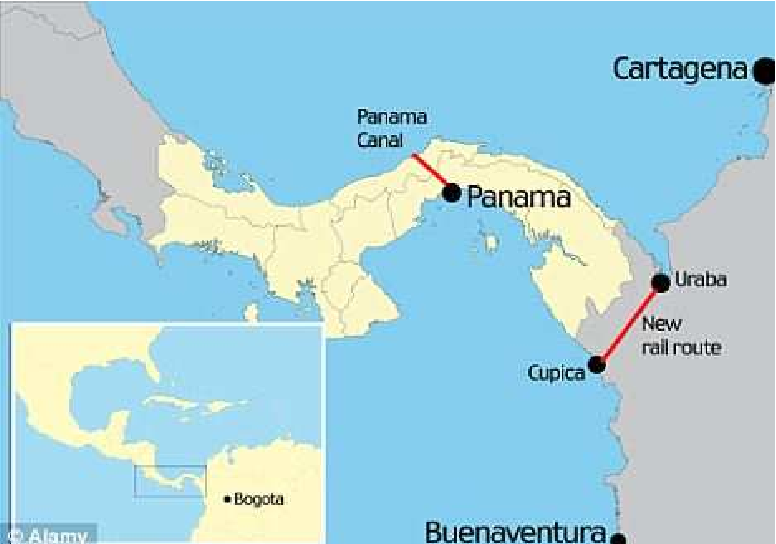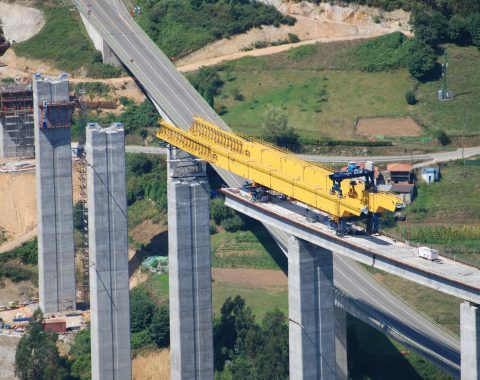Recent reports from respected global media outlets, such as The New York Times, indicate that the Panama Canal is experiencing a drought that has significantly impacted transoceanic trade. This situation has prompted the Colombian government, led by President Gustavo Petro, to reconsider an idea proposed several years ago by engineers: the creation of a “bypass” to the Panama Canal through the Colombian Darien region.

There are two main proposals for this mega-project: the first is a fully railway route through the Darien Gap (see Photo Above), and the second is an intermodal transport operation that would combine railway transportation between Cupica in the Gulf of Morrosquillo and river transport along the Atrato River, carrying containers to the Gulf of Uraba (see Photo Below).

The Environmental Impact
Both proposals, discussed for decades by national governments and foreign firms, would have an inevitable environmental impact. The first alternative, faster and with fewer future logistical operations, would involve a direct railway line between the Gulf of Morrosquillo and the Gulf of Uraba, significantly affecting the Darien Gap, one of the world’s most densely forested areas. The second option, which combines multimodal railway and river transport, would reduce the environmental impact but generate complications and additional costs in logistics.
Beyond the economic opportunities that this project may represent, the crisis of the Panama Canal due to drought makes it imperative to implement an alternative quickly to maintain the flow of international trade, as has been done in recent decades.





